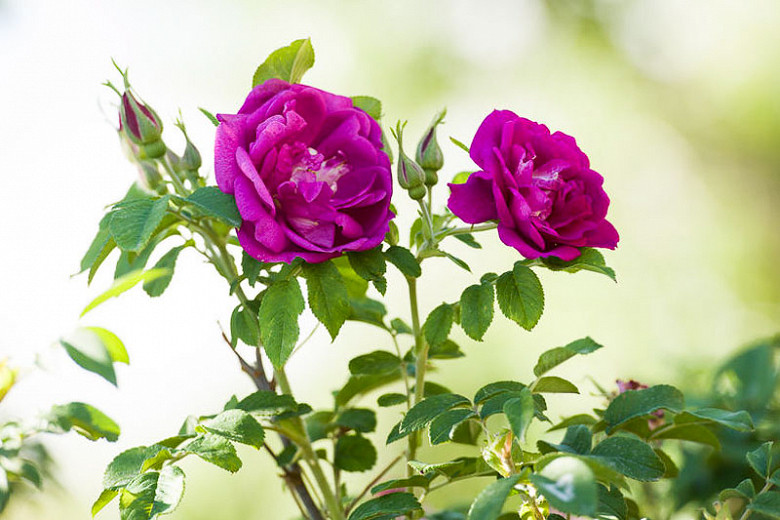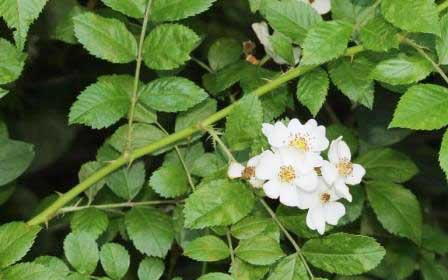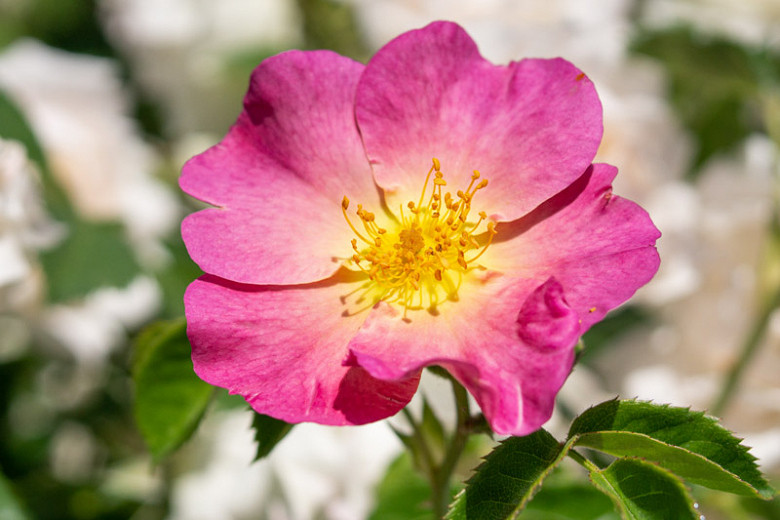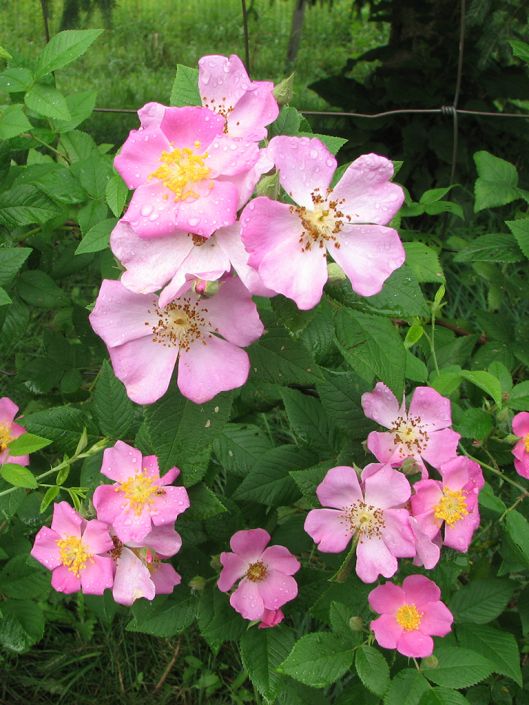How To Grow A
Starting a blog is a great way to share your thoughts and ideas with the world, but it can be tough to get people to notice your blog. If you're looking to grow your blog traffic in 2023, here are a few tips:
- Choose a niche. What are you passionate about? What do you know a lot about? When you choose a niche for your blog, you're narrowing down your focus and making it easier for people to find you. For example, if you're passionate about cooking, you could start a blog about healthy recipes, vegan cooking, or gluten-free baking.
- Write great content. This is probably the most important tip on this list. If you want people to keep coming back to your blog, you need to write high-quality content that they'll find interesting and informative. This means doing your research, writing well-organized posts, and using strong visuals.
- Promote your blog. Once you've written some great content, you need to get the word out. There are a number of ways to promote your blog, including social media, email marketing, and guest blogging.
- Be patient. It takes time to build a successful blog. Don't expect to see results overnight. Just keep writing great content, promoting your blog, and interacting with your audience, and you'll eventually start to see traffic grow.
Here are some additional tips that you can use to grow your blog in 2023:
- Use long-form content. Longer posts tend to rank higher in search results, so make sure to include plenty of information in your blog posts.
- Use keywords strategically. When you're writing your blog posts, be sure to use keywords that people are likely to search for. You can use a keyword research tool to help you find the right keywords.
- Optimize your images. Images can help to break up your text and make your blog posts more visually appealing. When you're uploading images to your blog, be sure to optimize them for search engines.
- Share your posts on social media. Social media is a great way to get the word out about your blog. When you share your posts on social media, be sure to use relevant hashtags so that people can find them.
- Guest blog on other blogs. Guest blogging is a great way to get exposure for your blog and to build relationships with other bloggers. When you guest blog, be sure to write high-quality content that is relevant to the blog's audience.
- Run email marketing campaigns. Email marketing is a great way to stay in touch with your blog subscribers and to promote your latest content. When you send out email marketing campaigns, be sure to include interesting content and valuable offers.
By following these tips, you can grow your blog traffic and reach a wider audience in 2023. So what are you waiting for? Start writing great content today!
Wild rose bushes are a beautiful and fragrant addition to any garden. They come in a variety of colors, from white to pink to red, and they can be found in many different parts of the world. If you're interested in learning more about wild rose bushes, I recommend visiting Home Gardening. This website has a wealth of information about wild rose bushes, including their history, different species, and how to care for them. You can also find photos and videos of wild rose bushes, as well as a forum where you can ask questions and connect with other wild rose enthusiasts.
FAQ of wild rose bush
- What are wild rose bushes?
Wild rose bushes are native roses that grow in the wild. They are typically smaller than cultivated roses, with single flowers and a strong scent. Wild rose bushes are often found in areas with moist soil, such as along streams or in meadows.
- Where do wild roses grow best?
Wild rose bushes can grow in a variety of climates, but they prefer full sun and well-drained soil. They are tolerant of poor soil and drought, but they will not do well in areas with heavy clay soil or standing water.
- How do I care for a wild rose bush?
Wild rose bushes are relatively easy to care for. They need to be watered regularly, especially during the first year after planting. They should also be fertilized once a year in the spring. Wild rose bushes do not need to be pruned often, but you can remove any dead or diseased branches as needed.
- What are some common pests and diseases of wild rose bushes?
Wild rose bushes are susceptible to a few common pests and diseases, including:
* Rose aphids: These small, green insects suck the sap from rose leaves, causing them to wilt and curl. You can control aphids with insecticidal soap or neem oil.
* Rose slugs: These small, slimy creatures feed on rose leaves, causing them to look ragged and chewed. You can control rose slugs by handpicking them or using an insecticidal soap.
* Rose black spot: This fungal disease causes black spots to appear on rose leaves. You can control rose black spot by spraying the bush with a fungicide.
- What can I do with the flowers and hips of a wild rose bush?
The flowers and hips of a wild rose bush can be used in a variety of ways, including:
* Making rose water: Rose water is a refreshing and fragrant facial toner that can be made by steeping rose petals in water.
* Making rose hip tea: Rose hip tea is a tart and vitamin-C-rich beverage that can be made by steeping rose hips in hot water.
* Adding the petals to salads or desserts: The petals of wild roses can be added to salads or desserts for a sweet and floral touch.
* Making rosehip syrup: Rosehip syrup is a delicious and versatile sweetener that can be used in a variety of recipes.
- How can I propagate a wild rose bush?
Wild rose bushes can be propagated by rooting cuttings or by layering. To root cuttings, take 4-6 inch cuttings from a healthy bush in the spring or fall. Remove the lower leaves from the cuttings and dip them in rooting hormone. Plant the cuttings in a well-drained potting mix and keep them moist. The cuttings should root in 4-6 weeks. To layer a wild rose bush, bend a low-hanging branch down to the ground and bury it in the soil. Once the branch has rooted, you can cut it from the main bush and transplant it to a new location.
Image of wild rose bush
10 different images of wild rose bush that are free to use:
- Rosa acicularis, a wild rose species that occurs in Asia, Europe, and North America.
- Rosa arkansana, a wild prairie rose species native to a large area of central North America.

- Rosa canina, a climbing rose species native to Europe, northwest Africa and western Asia.

- Rosa rugosa, a hardy rose species that is native to East Asia.

- Rosa multiflora, a spreading rose species that is native to eastern Asia.

- Rosa woodsii, a low-growing rose species that is native to western North America.

- Rosa blanda, a small rose species that is native to eastern North America.
- Rosa moschata, a musk rose species that is native to Europe and Asia.
- Rosa wichurana, a wichurana rose species that is native to North America.

- Rosa setigera, a prairie rose species that is native to North America.

Post a Comment for "How To Grow A"